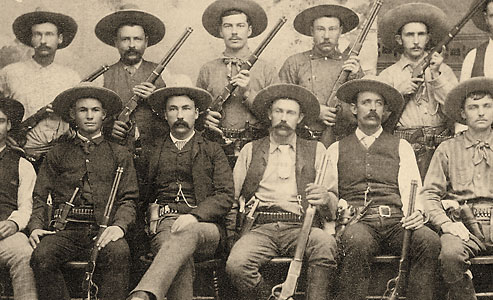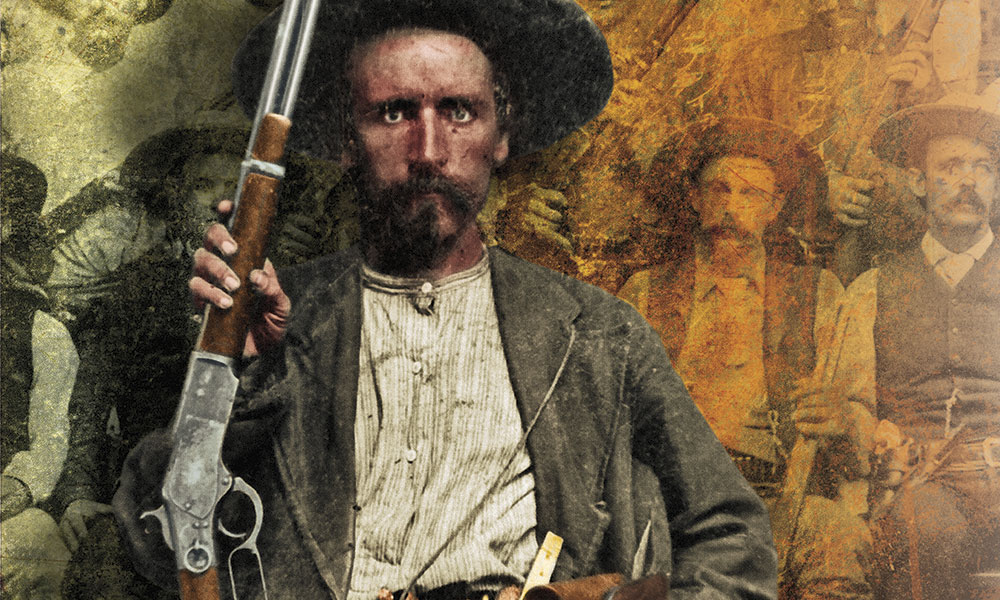 When were photos first put on wanted posters?
When were photos first put on wanted posters?
B.R. Fleenor
Springfield, Tennessee
In the classic era of the Old West—1870s and 1880s—most reward posters were just handbills or postcards sent to law enforcement officials with printed descriptions of the wanted men. No photos—although an exception was made in the case of the assassins of President Abraham Lincoln.
The idea of photos on reward posters came around the turn of the 20th century when photo reproduction technology got better. For example, the Pinkertons put out several posters of the members of the Wild Bunch, complete with pictures.
Some lawmen carried photos made of criminals when they were in prison. The backs of these mug shots featured descriptions that included height, weight, hair and eye color, scars and identifying marks. But these were put together by hand, and the photos were originals, not prints. I’ve seen these saddlebag circulars, and they are amazing. You can see the seeds of the later wanted posters that we think of when we watch Western movies.
Authorities rarely placed wanted posters in public places. A reward or wanted notice would occasionally be printed in a newspaper, but for the most part, they were not intended for general consumption.
When a card or letter did result in a successful apprehension, the arresting officer shared the reward money with the lawman who had sent the card in the first place.
***
Marshall Trimble is Arizona’s official historian.His latest book is Wyatt Earp: Showdown at Tombstone.If you have a question, write:
Ask the Marshall, P.O. Box 8008,
Cave Creek, AZ 85327 or e-mail him at
marshall.trimble@scottsdalecc.edu





